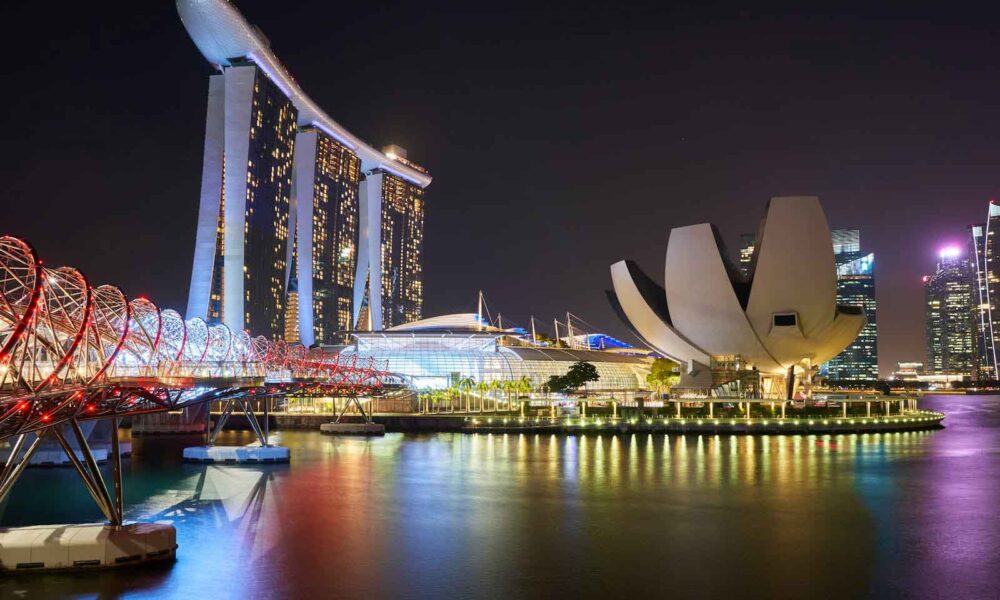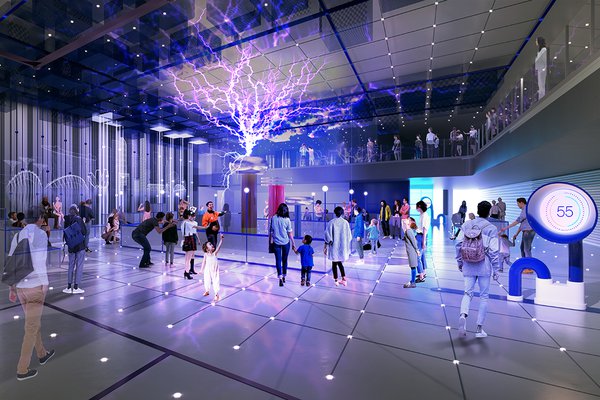When Technology Meets Tradition: The Evolution of Creative Events in Modern Singapore

The landscape of creative event Singapore has undergone a remarkable transformation in recent years, blending age-old cultural practices with cutting-edge technological innovations. This unique fusion of tradition and modernity creates experiences that honour the past while embracing the future. As Singapore continues to innovate in the events industry, it sets a global benchmark for celebrating heritage in new and imaginative ways.
Traditional Foundations, Modern Expressions
Singapore’s rich multicultural fabric provides the perfect foundation for creative events. Cultural practices rooted in the Chinese, Malay, Indian, and Peranakan communities continue to inspire event design and execution. These traditions are not just preserved but reimagined to resonate with contemporary audiences.
- Chinese heritage celebrations: Traditional lion dances and festive parades are now amplified with synchronised LED lighting and digital projections.
- Malay wedding customs: Customary ceremonies are elevated with virtual storytelling elements, blending nostalgia with modern-day relevance.
- Indian festival practices: Events like Deepavali now incorporate augmented reality (AR) features to bring mythical tales to life.
- Peranakan cultural elements: Heritage-inspired designs are infused with interactive displays, allowing audiences to explore the richness of Peranakan culture.
According to the Singapore Tourism Board, culturally themed events experienced a 67% increase in attendance between 2019 and 2023, reflecting a growing appreciation for events that pay homage to tradition while offering immersive modern experiences.
Technological Integration in Cultural Celebrations
Technology has become a powerful tool in the creative event space, enhancing the way cultural narratives are shared. Modern events now leverage innovative solutions to deliver deeply engaging experiences without compromising authenticity.
- Augmented reality overlays: Traditional performances are brought to life with AR, allowing attendees to see mythical creatures or historical figures interact with performers.
- AI-powered customisation: AI tools enable personalised cultural experiences, such as creating custom motifs for wedding ceremonies or designing bespoke heritage tours.
- Digital mapping on historical facades: Iconic landmarks like shophouses or temples are transformed into vibrant storytelling canvases using projection technology.
- Interactive heritage storytelling: Events incorporate gamified elements, where attendees can explore cultural narratives through interactive displays or mobile applications.
This integration of technology not only elevates the aesthetic appeal of events but also makes them more accessible to younger audiences who crave unique and immersive experiences.

The Singapore Creative Economy
Singapore’s creative events industry is a reflection of its broader creative economy, which has seen significant growth in recent years. The country’s focus on innovation and creativity has positioned it as a hub for cutting-edge cultural events.
- 2% contribution to GDP from creative sectors highlights the industry’s economic importance.
- 89,000 creative professionals work across design, technology, and event planning.
- The industry generates S$15 billion in annual revenue, showcasing its financial viability.
- 35% year-on-year growth in creative technology adoption underscores the rapid pace of innovation.
This thriving creative economy has not only bolstered Singapore’s global reputation but also created opportunities for event organisers to explore new possibilities in cultural storytelling.
Innovation in Traditional Spaces
One of the most striking aspects of creative events in Singapore is the transformation of traditional venues. Spaces with historical or cultural significance are reimagined to host contemporary events while retaining their original charm.
- Historical shophouses: These become immersive spaces where visitors can interact with installations or watch digital re-creations of historical events.
- Temple grounds: Once serene places of worship, temples now serve as dramatic backdrops for projection mapping and light shows.
- Heritage buildings: Iconic structures are turned into interactive museums, offering a blend of physical artefacts and digital experiences.
- Traditional markets: Bustling wet markets and hawker centres are reimagined as creative event venues, celebrating Singapore’s culinary and cultural heritage.
These innovations breathe new life into heritage spaces, ensuring that they remain relevant and appreciated in a rapidly modernising city-state.
The Environmental Imperative
As sustainability becomes a global priority, Singapore’s creative events industry has embraced eco-conscious practices. Event organisers are finding innovative ways to minimise environmental impact while delivering unforgettable experiences.
- Zero-waste event planning: Efforts include digital invitations, reusable decor, and waste segregation at events.
- Digital-first documentation: High-quality digital archives reduce the need for printed materials while offering shareable online content.
- Virtual reality previews: VR technology allows clients and stakeholders to visualise event layouts, reducing physical waste during the planning stage.
- Energy-efficient solutions: From LED lighting to solar-powered installations, technology is used to create energy-saving yet visually striking events.
These initiatives align with Singapore’s sustainability goals and set a precedent for other nations looking to balance creativity with environmental responsibility.
Future Trajectories
As creative events in Singapore continue to evolve, they face the exciting challenge of balancing multiple priorities. The future of the industry will likely revolve around:
- Cultural preservation: Ensuring that traditional practices remain at the heart of creative events.
- Technological advancement: Leveraging emerging technologies such as artificial intelligence, virtual reality, and blockchain for more immersive experiences.
- Environmental responsibility: Scaling sustainable practices across all events to minimise their carbon footprint.
- Global connectivity: Expanding Singapore’s influence by exporting its unique event innovations to the world.
By addressing these priorities, Singapore’s creative events industry will continue to set the standard for integrating technology with tradition in a way that resonates with global audiences.
Conclusion: Where Tradition Meets the Future
The evolution of creative event Singapore is a testament to the country’s ability to honour its heritage while embracing the possibilities of the future. By fusing cultural traditions with technological innovation, Singapore has redefined the way we experience events.
Whether it’s a temple adorned with digital projections or a Peranakan-inspired wedding enhanced by augmented reality, creative events in Singapore prove that technology and tradition can coexist beautifully. As the industry continues to evolve, it offers a blueprint for the rest of the world to follow—one that celebrates the richness of culture while pioneering new standards for creativity and sustainability.





